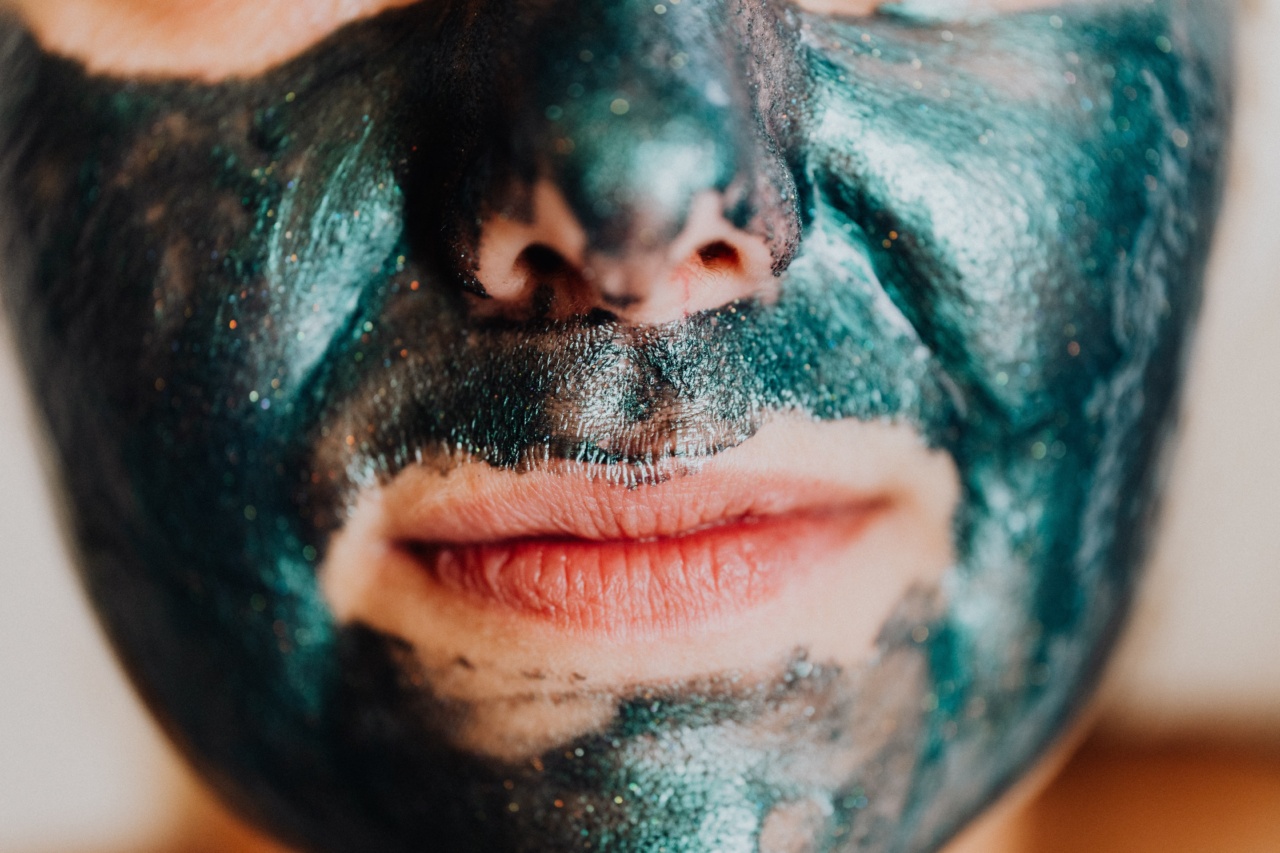Irreversible skin aging caused by UVA1 radiation is an alarming concern in today’s society. With increased exposure to the sun’s harmful rays, particularly UVA1 radiation, individuals are at a higher risk of developing premature aging signs.
Understanding the effects of UVA1 radiation on the skin is crucial for adopting preventive measures and maintaining skin health.
What is UVA1 Radiation?
UVA1 radiation refers to a specific range of ultraviolet A (UVA) rays, with wavelengths ranging between 340 to 400 nanometers (nm) on the electromagnetic spectrum.
Unlike UVB rays, which are primarily responsible for sunburns, UVA1 rays penetrate the skin more deeply, reaching the dermis layer.
The Skin’s Response to UVA1 Radiation
When the skin is exposed to UVA1 radiation, it triggers various detrimental processes. UVA1 rays can penetrate the skin’s outermost layer, the epidermis, and reach deeper into the dermis.
This radiation stimulates the production of reactive oxygen species (ROS) and disrupts the skin’s natural antioxidant defenses.
Collagen Degradation and Elasticity Loss
One of the most significant consequences of UVA1 radiation is collagen degradation. Collagen, a protein responsible for maintaining the skin’s firmness and elasticity, is broken down by matrix metalloproteinases (MMPs) activated by ROS.
Formation of Wrinkles and Fine Lines
As collagen fibers degrade, the skin loses its structural support, resulting in the formation of wrinkles and fine lines.
Moreover, UVA1 radiation directly damages the fibroblasts responsible for collagen synthesis, further exacerbating these aging signs.
Destruction of Skin’s Extracellular Matrix
UVA1 radiation also disrupts the skin’s extracellular matrix (ECM). The ECM consists of proteins, such as elastin and fibrillin, that provide resilience and elasticity to the skin.
Excessive UVA1 exposure leads to the breakdown of these proteins, compromising the skin’s overall structure.
Hyperpigmentation and Uneven Skin Tone
Another consequence of UVA1 radiation is the stimulation of melanogenesis, the process responsible for pigmentation in the skin. UVA1 rays trigger the production of melanin, leading to the formation of dark spots and an uneven skin tone.
Suppression of Immune System
UVA1 radiation suppresses the immune system within the skin, impairing its ability to defend against pathogens and environmental damage. This weakened immune response contributes to increased susceptibility to skin conditions and diseases.
Increased Risk of Skin Cancer
Long-term exposure to UVA1 radiation significantly increases the risk of developing skin cancer. UVA1 rays can directly damage the DNA in skin cells, leading to mutations and the potential for cancerous growth.
Protective Measures against UVA1 Radiation
Given the irreversible damages caused by UVA1 radiation, adopting preventive measures is crucial. Physical sunscreens with broad-spectrum protection against UVA1 and UVB rays should be used daily.
In addition, seeking shade during peak sun hours and wearing protective clothing, such as wide-brimmed hats and long sleeves, can further minimize UVA1 exposure.
The Role of Antioxidants
Incorporating antioxidants into skincare routines can help counteract the effects of UVA1 radiation. Antioxidants, like vitamins C and E, neutralize ROS and protect the skin from oxidative stress.
Topical application of antioxidant-rich products can help support the skin’s natural defense mechanisms.
Conclusion
Irreversible skin aging caused by UVA1 radiation is a significant concern that demands attention.
Understanding the damaging effects of UVA1 rays on collagen, elasticity, ECM, pigmentation, and the immune system helps in developing effective preventive strategies. By prioritizing sun protection and incorporating antioxidants into skincare routines, individuals can minimize the irreversible damages caused by UVA1 radiation and maintain healthier, youthful-looking skin.


























